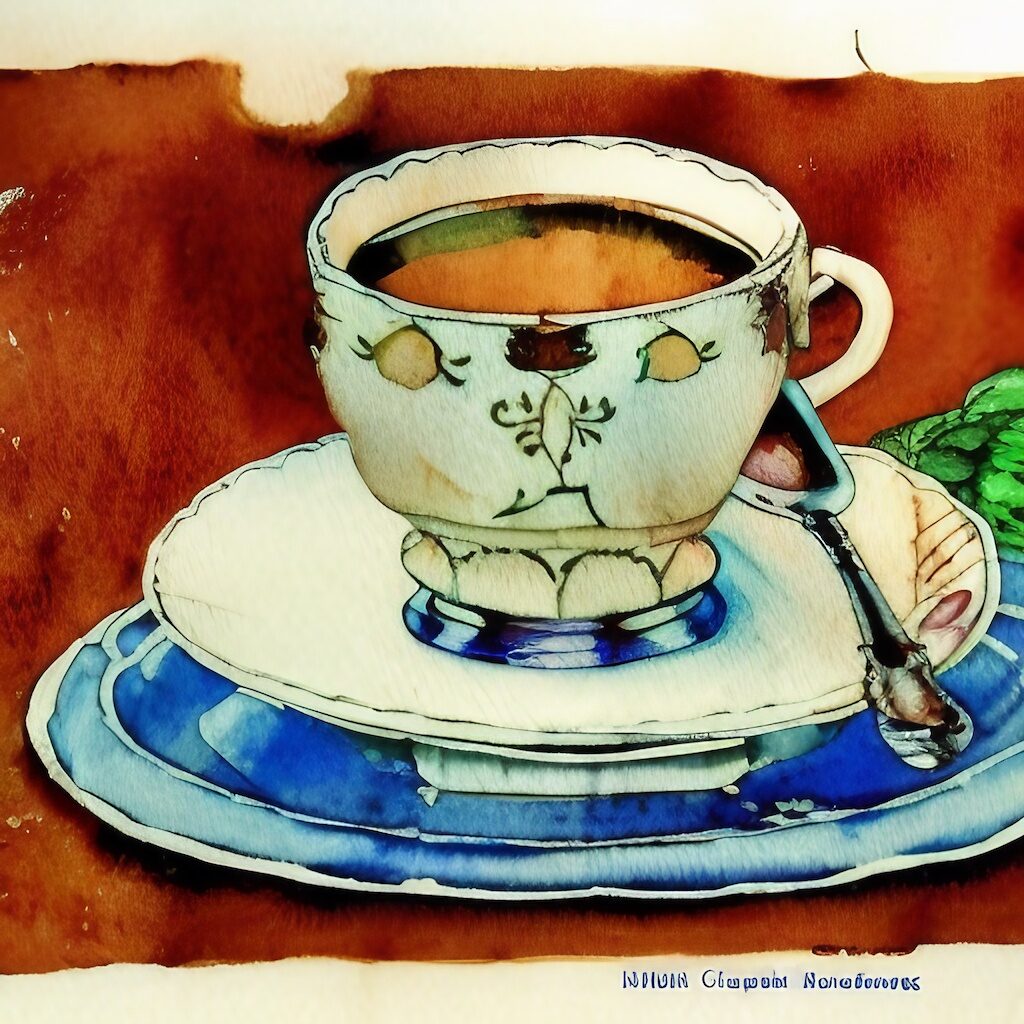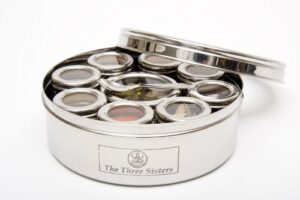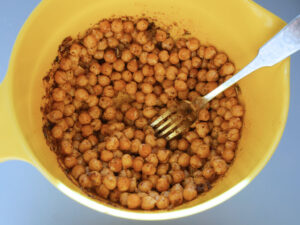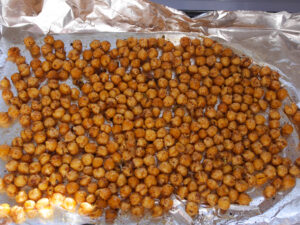
The aroma of chai has wafted through the streets of India for centuries, enchanting the senses and warming the soul. This beloved beverage has a rich history that stretches back to ancient times when it was first crafted from aromatic spices and black tea. Over the years, chai has evolved into the rich and complex drink that we know and love today, with each region of India adding its unique twist to the recipe. From the bustling markets of Delhi to the quiet tea stalls of the countryside, chai is an integral part of daily life in India, bringing people together and nourishing the body and spirit. Whether you’re sipping a steaming cup on a chilly morning or sharing a pot with friends, chai is a timeless treasure that has captured the hearts of people around the world.
Chai is the heartbeat of India. It’s the drink that wakes us up in the morning, helps us take a break from our busy lives, and brings us together with friends and family. It’s a symbol of hospitality, a source of comfort, and a daily ritual that connects us with our cultural roots.
Indian chai, also known as masala chai, is a delicious and aromatic spiced tea popular throughout India. Here is a simple recipe for making Indian chai at home:
Chai Ingredients
- 2 cups water
- 2 cups milk
- 2 tbsp black tea leaves
- 1 cinnamon stick
- 2 cardamom pods
- 1-inch piece of fresh ginger, sliced
- 2 tbsp sugar (or to taste)
Chai Instructions
- In a saucepan, bring the water, milk, tea leaves, cinnamon stick, cardamom pods, and ginger to a boil over medium heat.
- Reduce the heat to low and let the mixture simmer for 10 minutes or until the tea is brewed to your desired strength.
- Stir in the sugar and adjust to taste.
- Strain the tea into cups and serve hot.
Optional: You can add other spices to the chai, such as cloves, black pepper, or fennel seeds, to give it a more complex flavor. Experiment with different combinations to find your perfect chai blend.
Makes 4 cups of Chai. If you want to make a larger batch of chai, simply adjust the proportions of the ingredients accordingly.
Calling it “chai tea” or “chai tea latte” is redundant because “chai” already means tea. It would be like calling it “tea tea” or “tea tea latte” – it just doesn’t make sense.







